Byukchoji Gardens (벽초지수목원)
2024-10-28
242 Buheung-ro, Gwangtan-myeon, Paju-si, Gyeonggi-do
+82-31-957-2004
Byukchoji Gardens is made up of a Korean-style and a European-style garden. It is home to nearly 1,400 species of plants. Each garden is organized under a single theme, such as mythology, adventure, and freedom. Byukchoji Gardens also features walking trails, ponds, greenhouses, and lawns. Byukchoji Pond has a Lotus Flower Garden with lotus flowers blooming. Visitors can walk on the trails built above the pond to examine the flowers up close. Nearby tourist sites include Bakdalsan Mountain, Paju Book City, and the Paju Samneung Cluster, a UNESCO World Heritage site.
Seoul Color Park (서울색공원)
2021-06-23
330, Yeouidong-ro, Yeongdeungpo-gu, Seoul
+82-2-3780-0561
The Seoul Color Park spans over 9,000 ㎡ of land next to the Hangang River under Mapodaegyo Bridge. It features a large wave-shaped sculpture, as well as bar code graphics and benches painted with 10 different colors that have been designed as the Colors of Seoul. The streetscape is designed with images and Colors of Seoul that includes “Dancheong” red, “Kkotdam” red brown, “Namsan” green and more. Sculptures and art works using the Colors of Seoul can also be seen at Seoul Museum of Art and Seoul History Museum.
Isabu Lion Park & Picture Book Land (이사부사자공원&그림책 나라)
2020-07-17
333, Surobuin-gil, Samcheok-si, Gangwon-do
+82-33-570-4616
Isabu Lion Park & Picture Book Land is a family-friendly theme park that provides the beautiful ocean view of the East Sea up close. The park is open year round, serving as a perfect picnic park from spring to fall, while turning into a snowy fun park with a sledding hill in winter. The park also holds movie nights from time to time.
Gwangjingyo 8th Avenue (광진교 8번가)
2020-07-01
77, Gucheonmyeon-ro, Gangdong-gu, Seoul
+82-2-476-0722
Gwangjingyo 8th Avenue is the only cultural area in Korea located beneath a bridge. Not just a performance venue, the building also houses a gallery depicting the 100-year history of the Hangang River and a Hangang Renaissance Project Promotion Room, which provides a glimpse of developers’ plans to further revive the river into a prime leisure spot for citizens and tourists.
Thanks to its location under the Gwangjingyo Bridge in Hangang Park (Gwangnaru area), Gwangjingyo 8th Avenue affords a scenic view of the river as seen from its glass observatory. Live performances are held on Friday or weekend nights; applications can be made online and a few winners are chosen at random to watch each performance.
Millak Waterfront Park (민락수변공원)
2025-08-11
Millak-dong, Suyeong-gu, Busan
Suyeong-gu is well known for its long history and traditions, and has beautiful scenery. Geumnyeonsan Mountain has a lush forest and Gwangalli Beach is located in the front. During the Joseon dynasty, this location was a strategically important region. The Millak Waterfront Park was built between August 1992 and May 1997. The park is 543 meters long and 60 meters wide. Located between Haeundae Beach and Gwangalli Beach, it is the first park in Korea to combine the oceanfront with public rest and leisure facilities. The park (about 33,000 ㎡) can accommodate up to 40,000 people and boasts convenience facilities such as gardens, shaded rest areas, and benches. The 3,040 ㎡ platform from which visitors can overlook the beach also serves as a place where people can dip their feet in the ocean when the tide is high.
High1 Wellness (하이원 리조트)
2025-09-17
424, High1-gil, Jeongseon-gun, Gangwon-do
+82-1588-7789
Meaning “first and foremost,” High1 Wellness is a comprehensive recreational resort in Gohan-eup, Jeongseon-gun, Gangwon-do. It is also a culture, tourism and leisure resort that consists of High1 Resort, Grand Hotel (Convention Tower), Kangwon Land Casino, Grand Hotel (Main Tower), High1 Ski, High1 C.C., Palace Hotel, Valley Condominium, Mountain Condominium, etc. The ski resort offers a 4.2 kilometer-long slope for beginners that runs from the summit of Jijangsan Mountain (1,345 meters above sea level), located at the base of Baegunsan Mountain. A total of 18 slopes, three gondolas, and seven lifts closely interconnect the ski resort like a web. The two hotels and three condominiums have a total of 1,577 guest rooms. Furthermore, the resort's various convenient facilities are beloved by both local and foreign tourists, such as an 18-hole golf course and Unamjeong, a traditional Korean restaurant. High1 Wellness (234 kilometers from Seoul) boasts improved accessibility as it can be reached within a 3-hour drive from the Seoul metropolitan area thanks to the improved transportation and road network as well as the expansion of Yeongdong Expressway into four lanes. There are several nearby tourist destinations: Jeongseon Rail Bike; Arari Village; Auraji Lake; Gariwangsan Recreational Forest; Jeongseon 5-day Market; Mindungsan Mountain with beautiful silver grass fields; the Donggang River well-known for rafting; the Sogeumgang River in Jeongseon, which is adorned with red foliage in autumn; and Hwaamdonggul Cave where a gold mine and natural stalactites are found.
Haegasa Site (Surobuin Park) (해가사의 터(수로부인공원))
2021-07-22
401, Surobuin-gil, Samcheok-si, Gangwon-do
+82-33-570-3721
Haegasa is a site named after the tale of 'Haega' in "The Heritage of the Three States." While the original Haegasa is assumed to be on Wausan Mountain at the northern end of Samcheok Beach, it has been restored on Jeungsandong Beach against the backdrop of beautiful scenery. Located near Haegasa are Chuam Beach and Surobuin Park, which hosues a dragon ball, upon which people make their wishes.
Yeongdo Lighthouse (영도 등대)
2024-03-06
181, Jeonmang-ro, Yeongdo-gu, Busan
+82-51-405-1201
Yeongdo Lighthouse, first lit in 1906, stands at Taejongdae Park. It houses a maritime library, galleries, an observatory, and a café. From the observatory, on clear days, you can even see as far as the Japanese island of Tsushima Island. At the base of the lighthouse, there's a sculpture of a woman turned into stone, waiting for her husband who went out to sea. You can reach it by walking from Taejongdae Park or taking the Taejongdae Danubi Train.
Sureungwon Garden (수릉원)
2024-01-23
35 Bunseong-ro 261beon-gil, Gimhae-si, Gyeongsangnam-do
Sureungwon Garden is a place themed around the meeting between King Suro, the founder of Gaya, and Queen Heo, who was the princess of Ayuta Kingdom, known as India. The name Sureungwon Garden also contains the meaning of an elegant forest where King Suro and Queen Heo walked together. An ecological park measuring 39,600 m2 has been created along a low ridge that connects the Tomb of King Suro, an important cultural heritage of the Gaya period; the Ancient Tombs in Daeseong-dong, the tombs of the Gaya kings; and the Bonghwang-dong Historic Site. It was created by representing the maritime kingdom of Gaya, imagining a pond of the garden where King Suro and Queen Heo used to walk, and planting prickly waterlilies and yellow floating hearts that are believed to have inhabited wetlands in the Gaya period. Trails along the cozy forest and pond make it easy to look around comfortably.
Ancient Tombs in Daeseong-dong, Gimhae (김해 대성동 고분군)
2020-04-02
126, Gayaui-gil, Gimhae-si, Gyeongsangnam-do
+82-55-330-3934
The tumuli in Daeseong-dong, located to the east of the Royal Tomb of Kim Suro, reflect the formation and development of the Gaya Era. The Daeseong-dong Tumuli are located in the center of the shell mounds of Hoehyeon-ri, the location of the founding of the Gaya Kingdom according to local legend.
The tumuli relics were excavated by researchers from the Kyungsung University Museum from 1990 to 1992 and were found to be the common burial ground of the dominant class of the Gaya Kingdom. On the hilltops, which were viewed as prime burial places, are the tombs of kings and rulers; on the slopes are the tombs of the lower classes.
A total of 136 tumuli were found in the Daesong-dong area. Further investigation of the tumuli revealed several important and interesting facts. First, from the end of the third century, men and horses were buried alive along with the dead. Also, weapons were bent and buried as well, with many of these artifacts being unearthed among the tumuli. Other materials found in the tumuli such as cylindrical bronze items, pinwheel-shaped bronze items, and jasper items showed that Gaya was involved in trade with Japan. The Daeseong-dong Tumuli is significant in that it gives a glimpse into the political and social structure of the Gaya Kingdom, and the cultural exchange between Korea, China, and Japan.
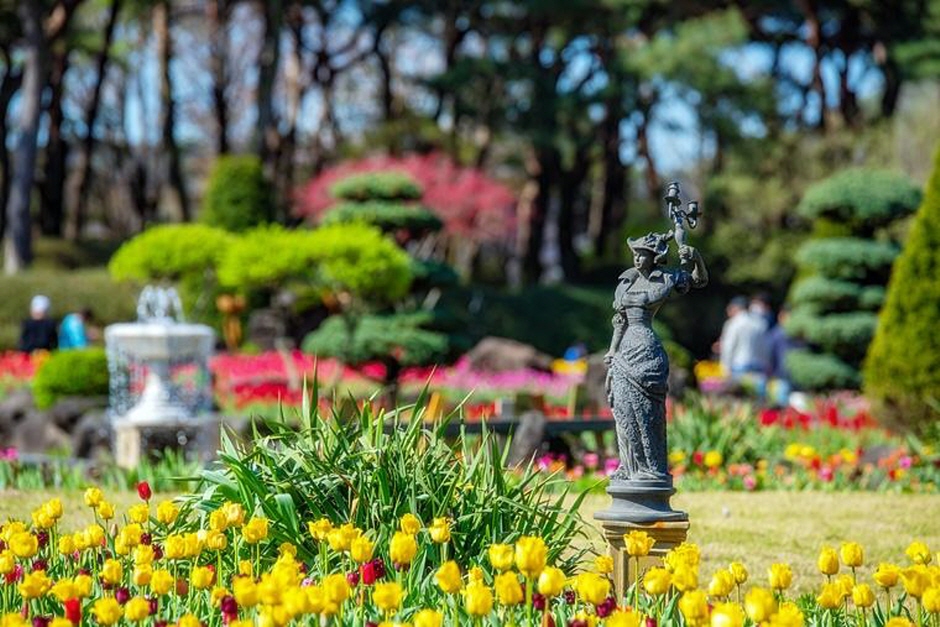
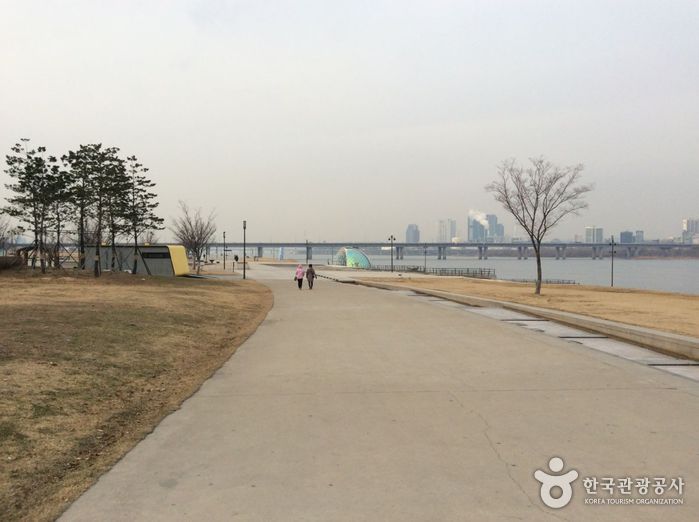
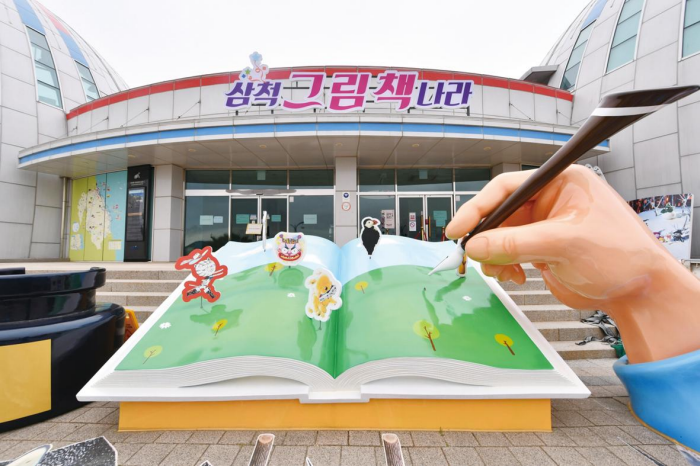
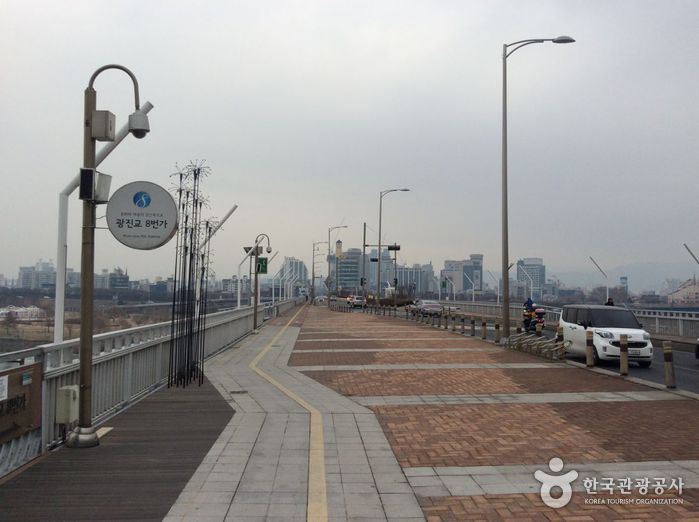
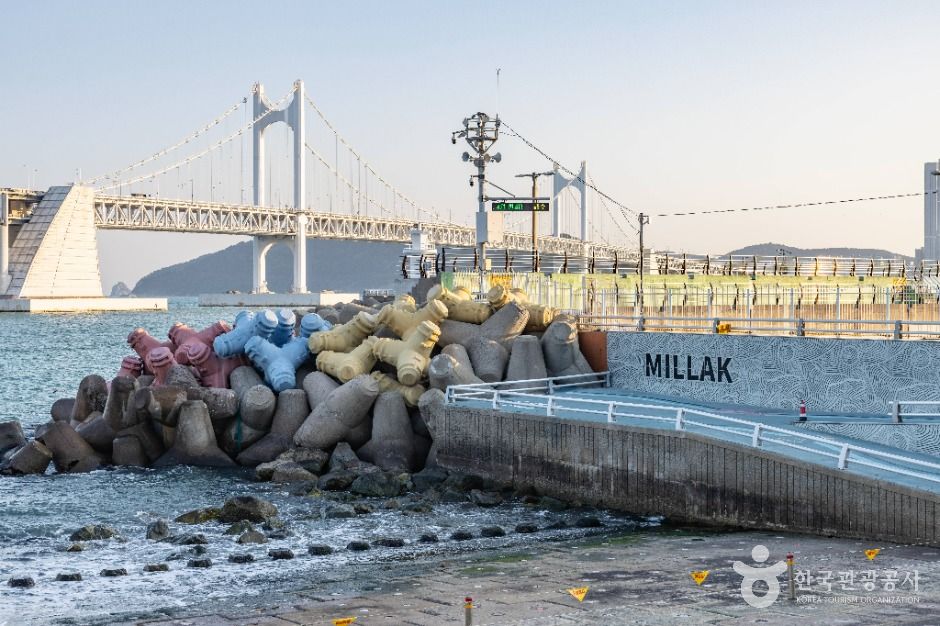
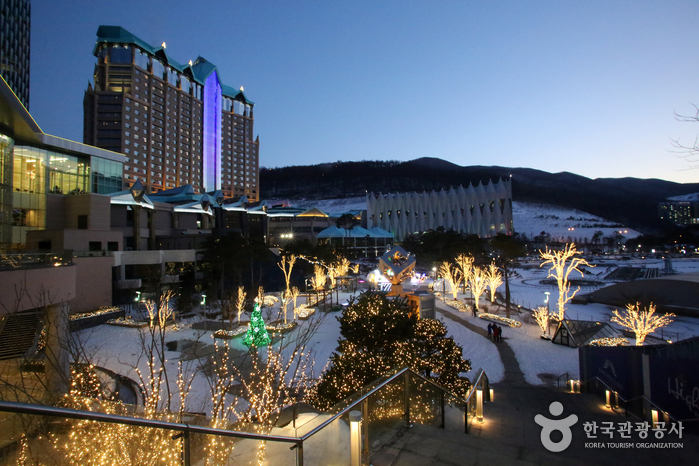
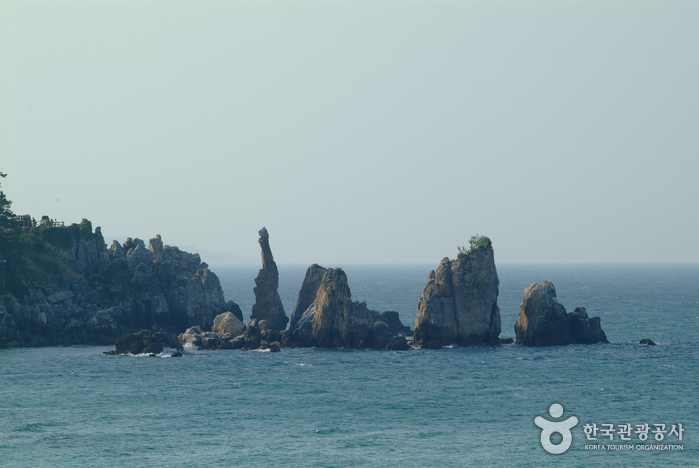

 English
English
 한국어
한국어 日本語
日本語 中文(简体)
中文(简体) Deutsch
Deutsch Français
Français Español
Español Русский
Русский